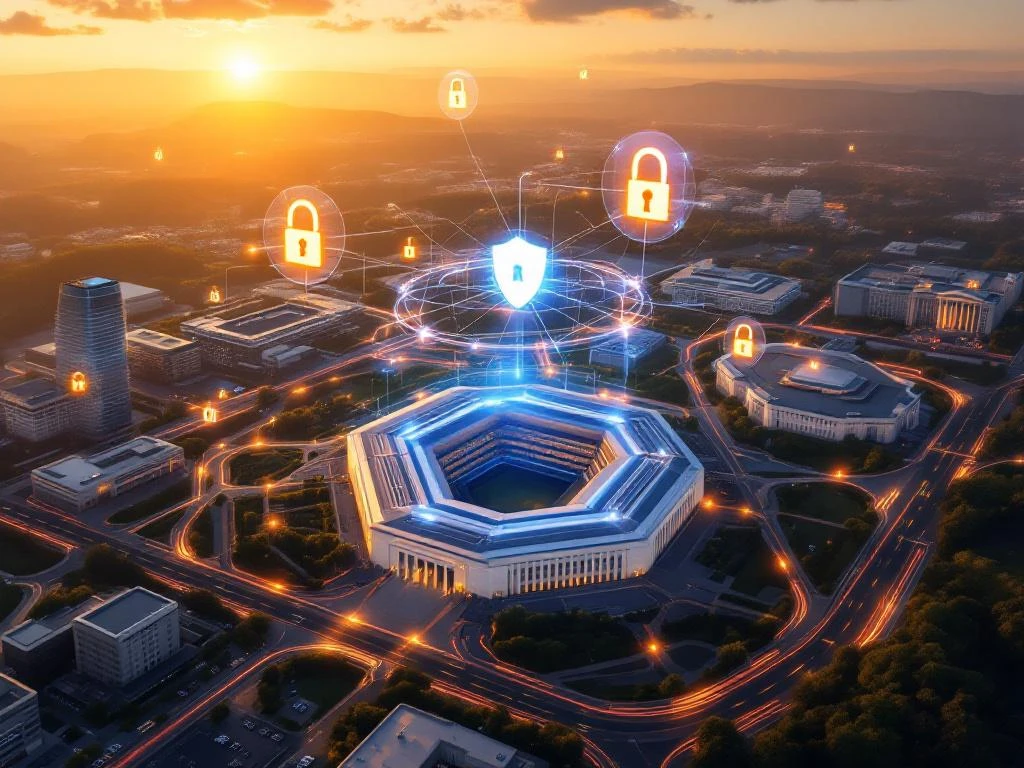

-
UK: +44 203 8876 770
US: 315 508 6500 - cybersecurity@thisisiceberg.com
-
8 Devonshire Square, London, EC2M 4YJ

Red and Blue Teams play pivotal roles in safeguarding an organization’s digital assets. The Red Team acts as the offensive force, simulating cyber attacks to identify vulnerabilities. Their primary objective is to think like a hacker, using penetration testing and ethical hacking to uncover weaknesses before malicious actors can exploit them. By doing so, they provide invaluable insights into potential security gaps that need addressing.
On the other hand, the Blue Team functions as the defensive unit, tasked with protecting the organization from threats identified by the Red Team. They focus on network defense, incident response, and threat analysis to mitigate attacks and enhance security protocols. Together, these teams create a comprehensive security posture, ensuring robust protection against cyber threats. This dynamic interplay is crucial for maintaining a secure environment, as it allows organizations to proactively address vulnerabilities rather than reactively respond to breaches.
Red Team professionals require a distinct set of skills to effectively simulate cyber threats. Technical expertise is paramount, with a strong emphasis on penetration testing, ethical hacking, and vulnerability assessment. These skills enable Red Team members to mimic real-world attacks and identify security flaws with precision. Additionally, knowledge of various hacking tools and techniques is essential for staying ahead of evolving threats.
Beyond technical prowess, Red Team professionals must possess certain soft skills. Problem-solving and creativity are crucial as they navigate complex security systems and devise innovative attack scenarios. These attributes allow them to think outside the box and anticipate potential vulnerabilities that might not be immediately apparent. By cultivating these skills, Red Team experts can provide comprehensive assessments that enhance an organization’s overall cybersecurity strategy. For more insights on hiring such professionals, see our article on insights for hiring managers.
Blue Team professionals are the defenders of an organization’s cybersecurity infrastructure. They require a robust set of technical skills to effectively safeguard against potential threats. Expertise in network defense, incident response, and threat analysis forms the foundation of their capabilities. These skills enable Blue Team members to detect, analyze, and mitigate attacks, minimizing potential damage to the organization.
In addition to technical acumen, Blue Team members must excel in soft skills like analytical thinking and teamwork. Analytical skills allow them to assess complex security incidents and devise effective responses. Meanwhile, teamwork is essential for collaborating with other security units and ensuring a coordinated defense strategy. By honing these skills, Blue Team professionals can significantly bolster an organization’s cybersecurity defenses. Discover more about the importance of access to a large talent pool in our article on our cybersecurity talent pool.
Hiring the right cybersecurity professionals involves a meticulous process that begins with crafting comprehensive job descriptions. Clearly defined roles and responsibilities help attract qualified candidates who align with the organization’s needs. Recruitment strategies should leverage both traditional channels and specialized platforms to reach a diverse talent pool. At Iceberg, we excel in connecting businesses with top-tier cybersecurity talent through our extensive global network.
The interview process plays a crucial role in evaluating candidates’ competencies. Technical assessments, scenario-based interviews, and behavioral questions provide insights into their expertise and problem-solving abilities. Additionally, assessing cultural fit ensures that new hires align with the organization’s values and contribute positively to the team dynamics.
While technical skills are critical, cultural fit and team dynamics are equally important when hiring cybersecurity professionals. A candidate’s ability to blend seamlessly into the existing team and embrace the organization’s culture can significantly impact their effectiveness. Ensuring cultural alignment fosters a collaborative environment where team members work cohesively towards common goals.
Organizations should prioritize candidates who demonstrate adaptability, communication skills, and a commitment to the organization’s mission. These traits contribute to a positive team atmosphere and enhance overall productivity. By focusing on cultural fit, companies can build resilient cybersecurity teams that thrive in dynamic environments. For more tailored advice on finding the right talent, our Contact us page provides personalized support.
Continuous training and development are vital for keeping cybersecurity teams effective in the face of evolving threats. Regular training sessions, workshops, and certifications help professionals stay updated with the latest technologies and methodologies. Certifications like CISSP, CEH, and others not only enhance technical skills but also bolster credibility and career advancement.
Organizations should invest in resources that facilitate ongoing learning and skill enhancement for their teams. Encouraging participation in industry conferences and seminars provides valuable networking opportunities and exposure to cutting-edge advancements. By fostering a culture of continuous learning, companies can ensure their cybersecurity teams remain agile and well-prepared to tackle emerging challenges.
Evaluating the performance of Red and Blue Teams involves identifying key performance indicators (KPIs) and metrics that align with organizational objectives. Common KPIs include the number of vulnerabilities identified and remediated, response time to incidents, and overall reduction in security breaches. These metrics provide tangible insights into the effectiveness of the cybersecurity strategy.
Regular performance reviews and feedback sessions are crucial for identifying areas of improvement and recognizing achievements. By setting clear goals and measuring progress, organizations can ensure their cybersecurity teams are operating at peak efficiency. For more insights into strengthening your eDiscovery team, explore our article on Digital Forensics Consultants.
For those who want to learn more, we encourage you to contact Iceberg’s team of experts.













